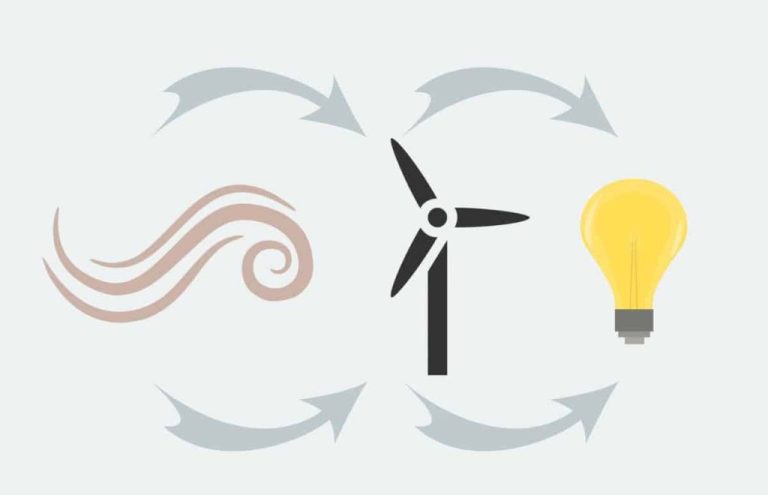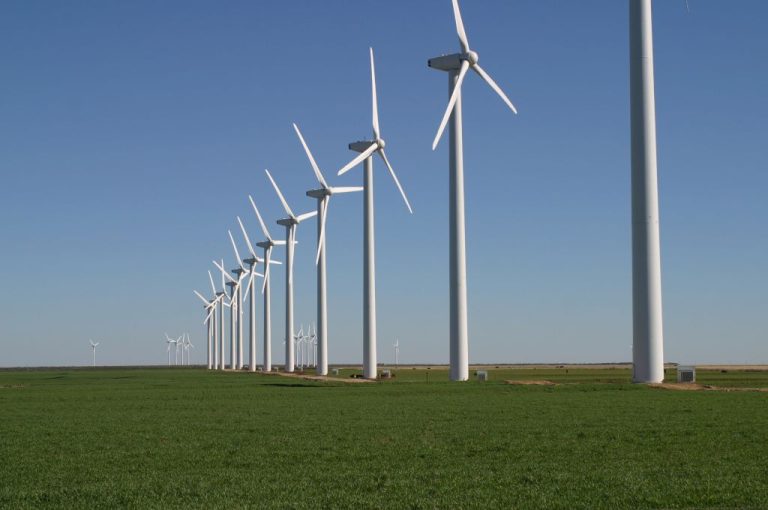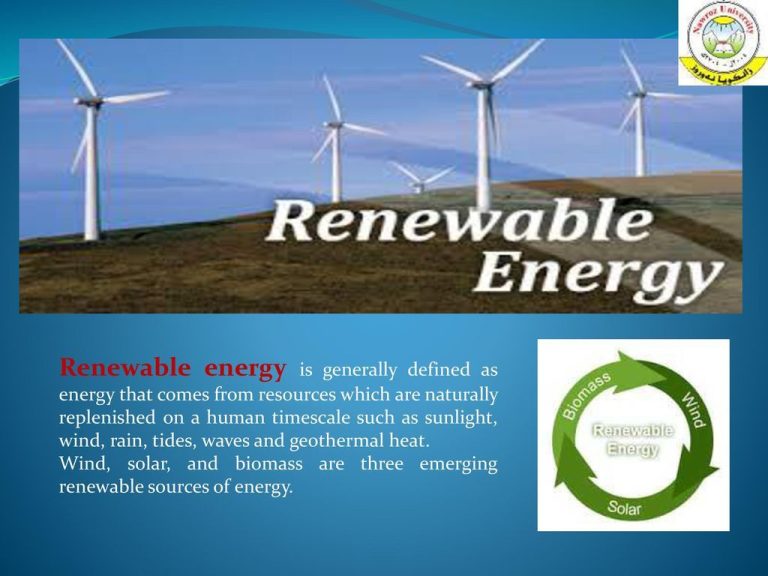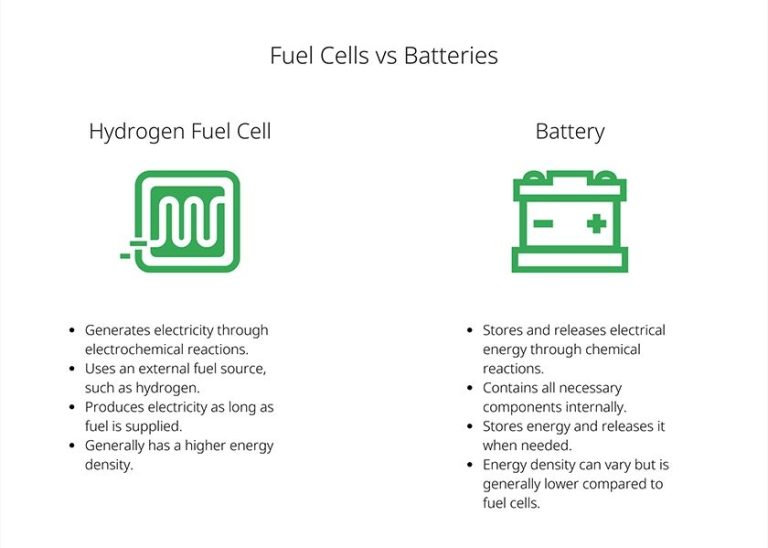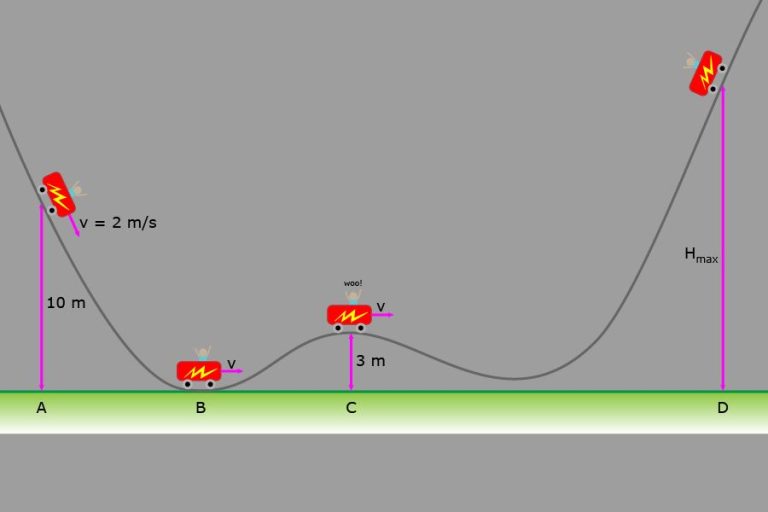Why Is Energy Poverty A Problem?
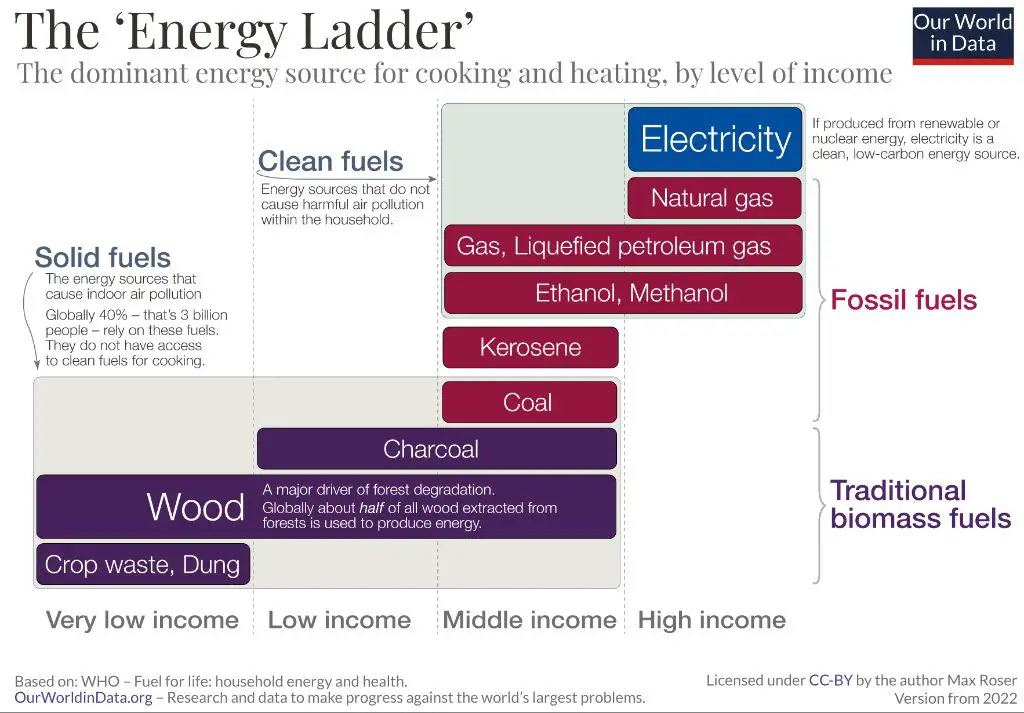
Energy poverty refers to a lack of access to affordable and reliable energy. It is a major global issue that affects millions of people around the world, particularly in developing countries. According to National Geographic, there are 1.3 billion people globally that lack access to electricity. This prevents them from basic necessities like lighting, refrigeration, cooking, heating and cooling. Without access to clean, modern energy sources, many are forced to rely on biomass fuels like wood and charcoal for cooking and heating, which produces indoor air pollution that leads to nearly 4 million premature deaths each year.
Energy poverty disproportionately impacts marginalized communities, including people in rural areas, low-income households, refugees and displaced people. The health, financial, social and economic consequences can be severe. Tackling energy poverty is crucial for achieving many of the UN’s Sustainable Development Goals and enabling socioeconomic development around the world.
Causes of Energy Poverty
There are three main causes behind rising energy poverty rates:
High energy prices – The costs of electricity, natural gas, and other heating fuels have been increasing globally, putting a strain on household budgets. Fossil fuel price volatility and a lack of competition in energy markets can drive up costs for consumers (https://www.developmentaid.org/news-stream/post/151874/energy-poverty-and-prices-on-the-rise).
Low incomes – Stagnant wages and income inequality leave many households unable to afford basic energy needs. People living in poverty spend a higher proportion of their income on energy bills, causing frequent trade-offs between heating their homes or buying groceries (https://energy-poverty.ec.europa.eu/system/files/2022-06/EPAH%20handbook_introduction.pdf).
Poor energy efficiency – Poor insulation, inefficient appliances and heating systems, and inadequate weatherization lead to higher energy usage and bills. Renters and low-income groups often live in older, energy-inefficient homes they cannot afford to upgrade.
Health Impacts
Energy poverty can have significant negative health impacts, especially related to living in a cold home. Studies have found links between cold housing and increased risk of cardiovascular and respiratory issues. One analysis showed that living in a cold home raises the odds of stroke, heart attack, and respiratory illness by 20-30% (https://www.ncbi.nlm.nih.gov/pmc/articles/PMC10156884/).
The cold temperatures in energy poor homes can worsen chronic conditions like arthritis and rheumatism. There is also evidence that cold indoor climates can weaken immune systems and increase susceptibility to illness. Children living in cold homes have been found to have higher rates of asthma, bronchitis, pneumonia, and other infections.
In addition to physical health impacts, energy poverty takes a toll on mental health. The stress of living in an uncomfortably cold home and struggling to pay energy bills is linked to increased anxiety and depression. Studies show that cold housing increases mood disorders, especially for low income groups already facing economic hardship. The constant worry over energy costs can negatively impact quality of life.
Financial Impacts
One of the most direct impacts of energy poverty is difficulty paying energy bills. High energy costs can put significant financial strain on households, sometimes forcing difficult trade-offs between paying for energy versus other necessities like food, medicine, or housing. Individuals in energy poverty often struggle to keep up with monthly utility bills and can accumulate debt over time.
One study found that in Sweden, the combination of low affordability and high flexibility capital increases the risk for energy poverty and its financial effects, whereas high affordability protects against the financial impacts even with low flexibility capital (von Platten, 2022).
Unpaid utility bills can also lead to disconnection of service or prohibitively high reconnection fees. This forces some individuals to rely on unsafe heating sources, which further compounds health and safety issues. Overall, energy poverty creates a predicament where financial constraints limit access to adequate energy services.
Social Impacts
Energy poverty can lead to social isolation and reduced quality of life. Those suffering from energy poverty often experience social stigma and exclusion from social activities due to lack of access to modern energy services (https://www.researchgate.net/publication/360895272_Socio-economic_Impacts_of_Rural_Energy_Poverty_on_Women_and_Students_in_Esa-Oke_Nigeria). Without lighting or electricity, daily life becomes constrained by daylight hours. This can reduce opportunities for socializing, education, or economic activities in the evenings. Energy poverty also forces people to rely on traditional biomass like wood or charcoal for cooking. The time spent collecting fuel often burdens women and children, taking time away from social relationships or schooling. The reliance on dirty fuels further isolates the poor, as the indoor air pollution creates health problems that stigmatize sufferers. With constrained access to modern energy services, the poor suffer social marginalization and barriers to improving their quality of life.
Groups Most Affected
Certain demographics tend to be disproportionately affected by energy poverty. Low income households face high energy burdens and struggle to pay energy bills, often having to sacrifice other necessities to keep the lights on (https://wires.onlinelibrary.wiley.com/doi/full/10.1002/wene.455).
The elderly are also vulnerable, as they often live on fixed incomes while having higher energy needs to maintain comfortable temperatures. A 2021 study found energy poverty rates reaching 20% for those over age 65 (https://www.ncbi.nlm.nih.gov/pmc/articles/PMC8199602/).
Families with children tend to consume more energy with extra household members, leading to higher bills that strain limited budgets. Research shows children in low income households experience energy poverty at disproportionately high rates, reaching up to 13% for 4-11 year olds (https://www.ncbi.nlm.nih.gov/pmc/articles/PMC8199602/).
Geographic Disparities
There are clear divides between rural and urban areas when it comes to energy poverty. According to https://energypoverty.ca/, rural households spend a much higher percentage of their income on energy bills compared to urban households. This is due to factors like lower incomes, less energy efficient housing, and reliance on more expensive heating sources like heating oil.
There are also pronounced regional differences across Canada. The highest rates of energy poverty are found in the Atlantic provinces and the North. For example, according to https://energypoverty.ca/ , in Nunavut the percentage of income spent on energy bills is on average 20% or higher, which is dramatically higher than most other provinces. The causes relate to a colder climate, higher energy prices, and a greater reliance on costly sources like diesel.
Government Action
Governments around the world are taking steps to address energy poverty, though much work remains to be done. Some key government initiatives include:
Energy bill support programs like the Low Income Home Energy Assistance Program (LIHEAP) in the US provide financial assistance to help families pay their heating and cooling bills. In 2019, LIHEAP provided $3.7 billion in bill payment assistance to 6 million households.[1]
Home insulation schemes aim to improve the energy efficiency of low-income homes. The UK’s Energy Company Obligation scheme has insulated over 2.3 million homes since 2013, reducing average household energy bills by £290 per year.[1]
Community Initiatives
Many community groups and nonprofits are working to alleviate energy poverty through local aid programs and advocacy. For example, the Community Action Partnership helps administer the Low Income Home Energy Assistance Program which provides funding for heating and cooling costs (https://www.energy.gov/scep/slsc/low-income-community-energy-solutions). Other groups like Energy Outreach Colorado and the Energy Coordinating Agency provide energy assistance grants, weatherization services, and education to low income households.
There are also a growing number of energy justice and environmental justice organizations advocating for equitable access to clean energy. These groups lobby for policies and reforms to address the disproportionate energy burden faced by low income families and communities of color. For instance, the NAACP has an Environmental and Climate Justice Program that calls for affordable renewable energy options and consumer protections against utility shutoffs (https://energy-poverty.ec.europa.eu/discover/publications/publications/energy-communities-and-energy-poverty-role-energy-communities-alleviating-energy-poverty_en). By raising awareness and advocating for change, these organizations play a key role in creating a more equitable energy system.
Conclusion
To recap the major points, energy poverty is a serious issue that impacts the health, finances, and social well-being of many groups, especially those who are already vulnerable. Despite geographic disparities, energy poverty affects millions across the world due to factors like low incomes, high energy costs, inefficient housing, and lack of government support. Without action, many will continue facing impossible choices between heating their homes and other basic needs.
Addressing energy poverty is crucial for improving quality of life and reducing inequality. There are opportunities for impact through government initiatives, community programs, and raising awareness. Everyone deserves access to affordable energy and the basic standard of living it provides. Tackling energy poverty will require collaboration across sectors and sustained commitment. If successful, we can create a more equitable society where energy access empowers people rather than holding them back.

